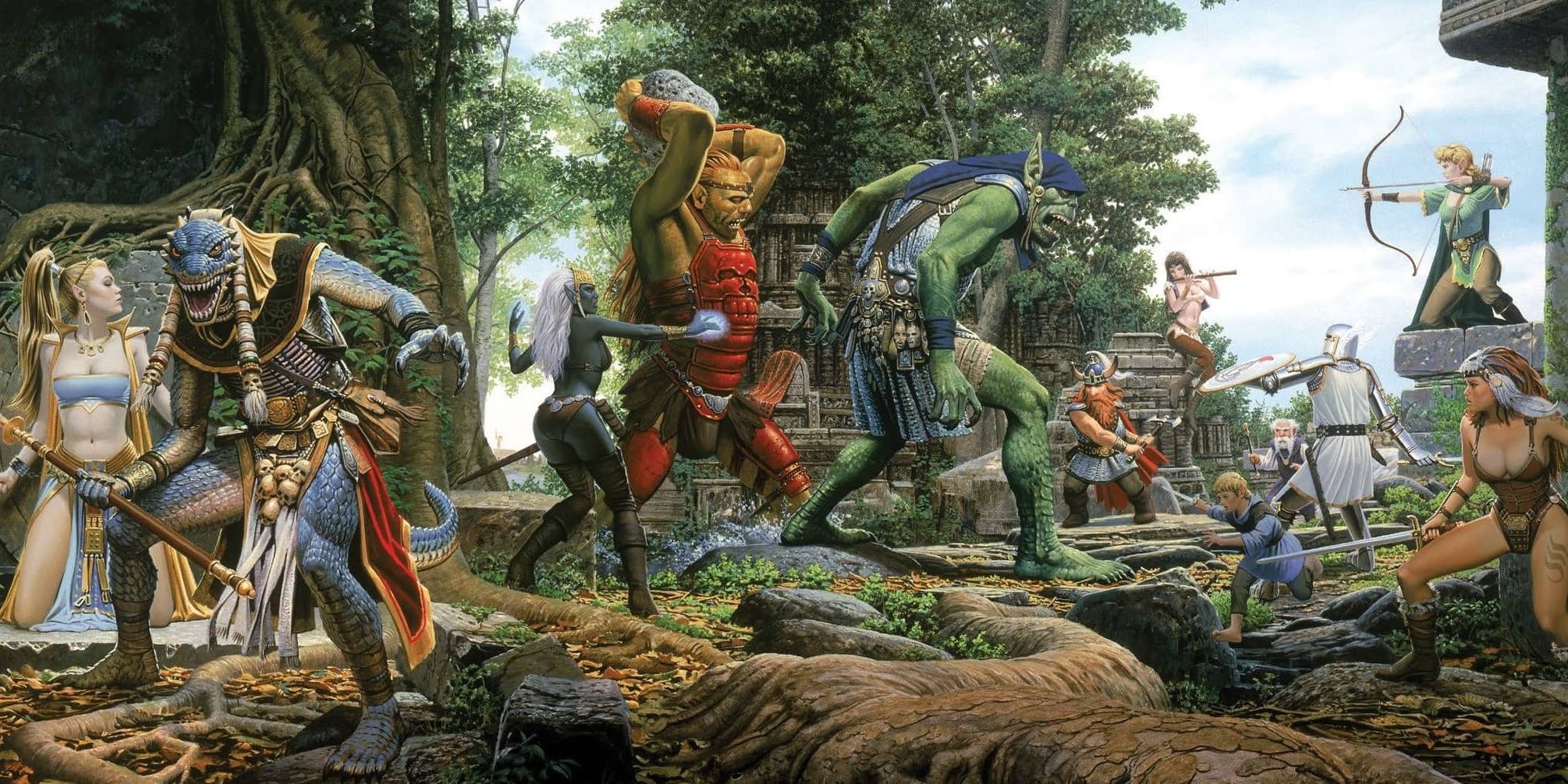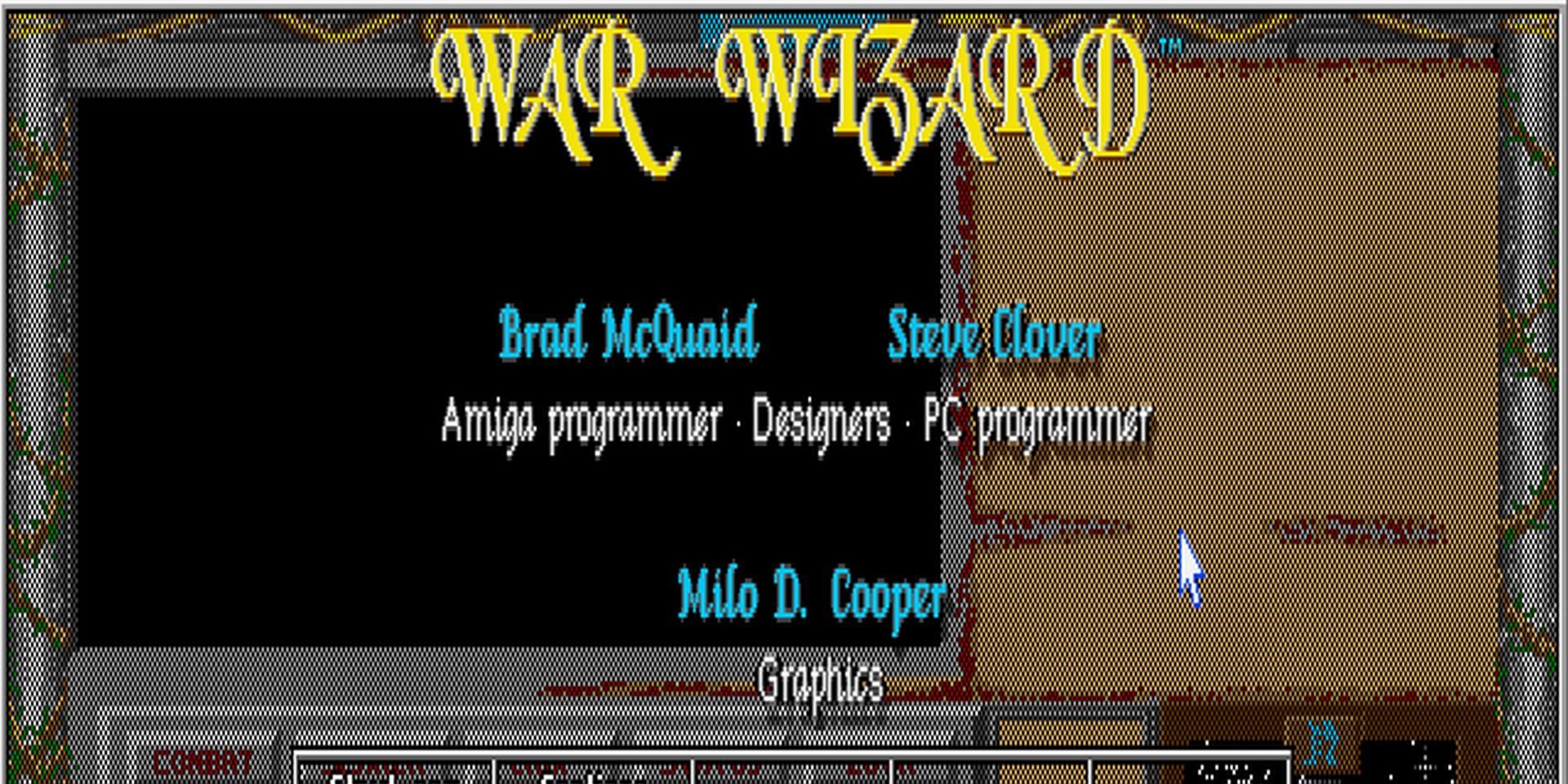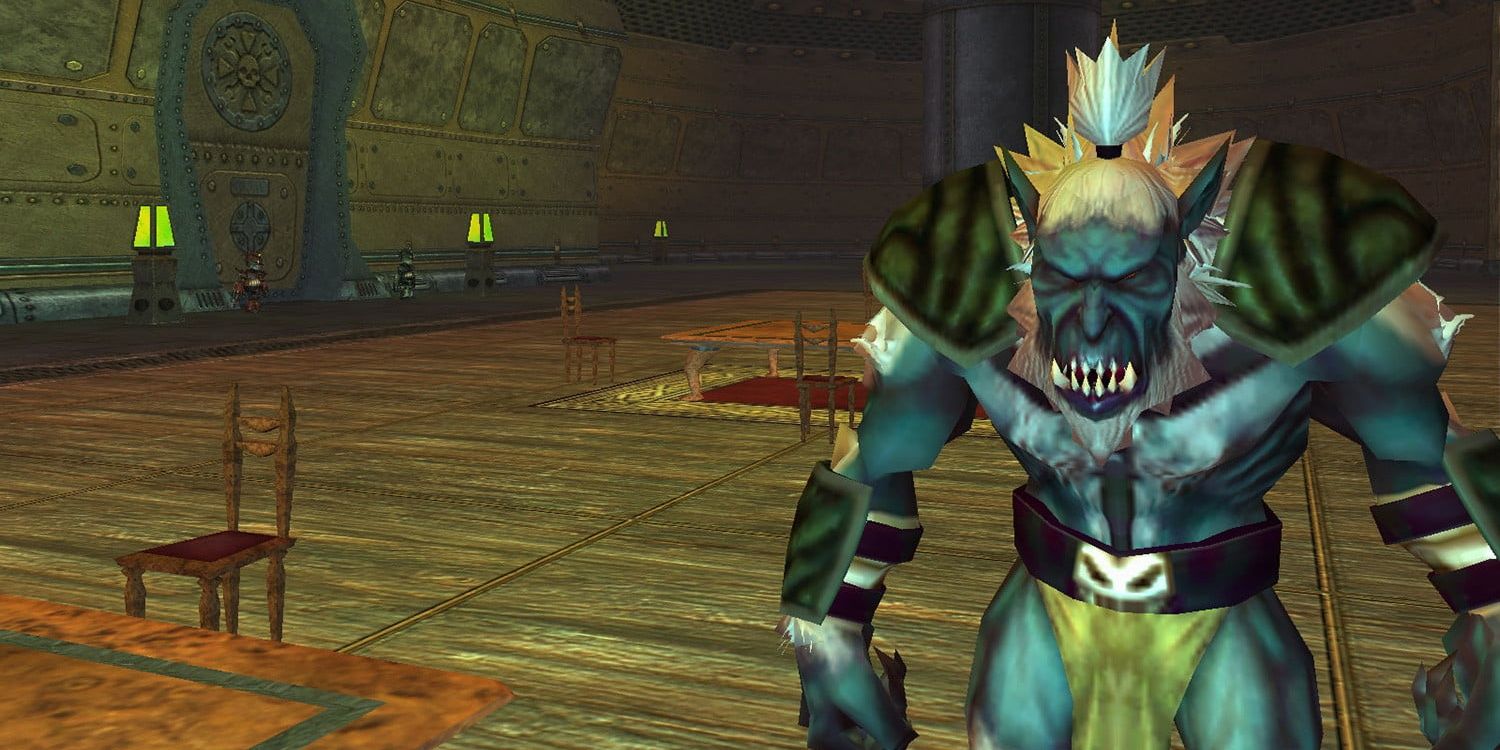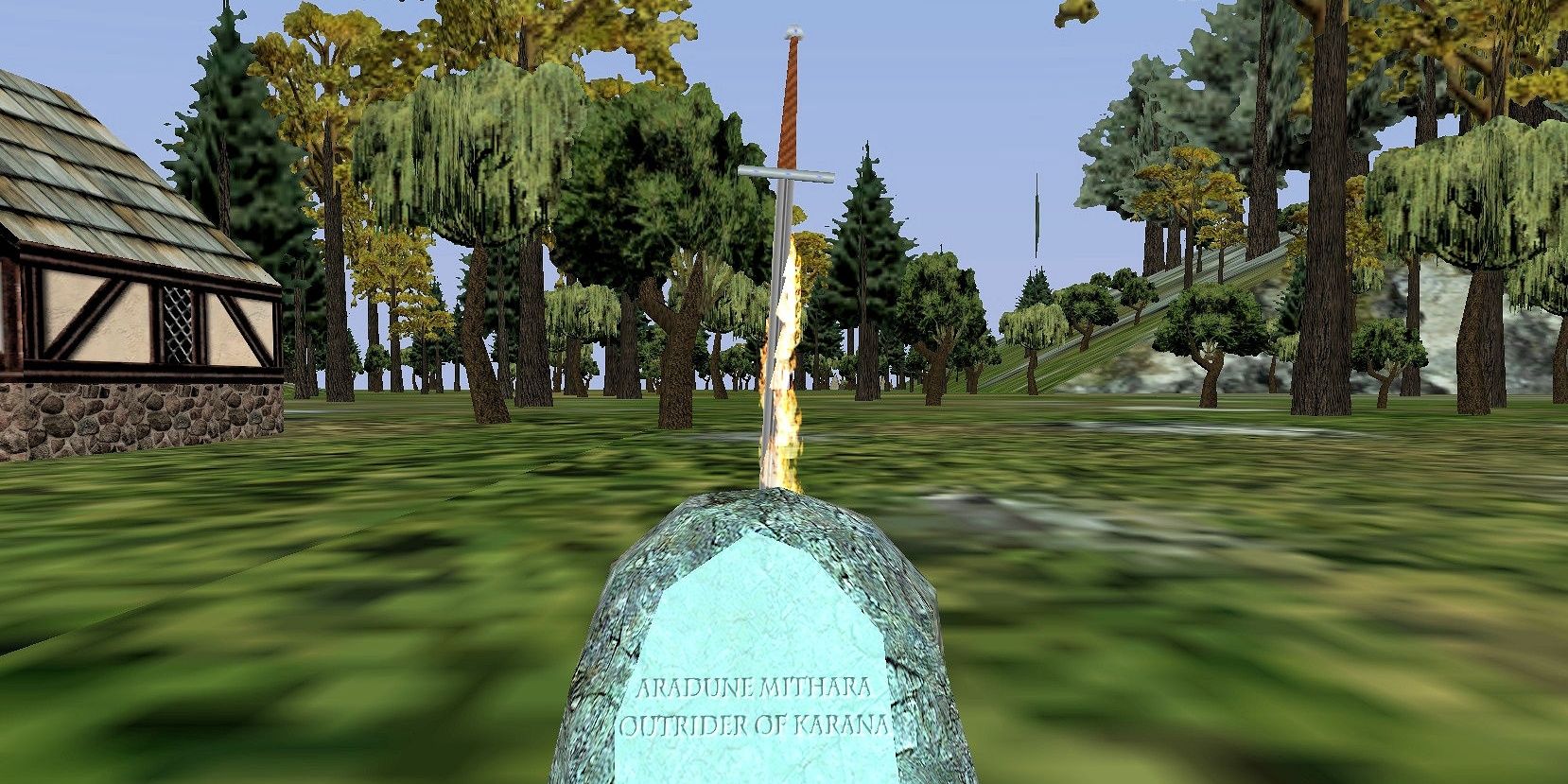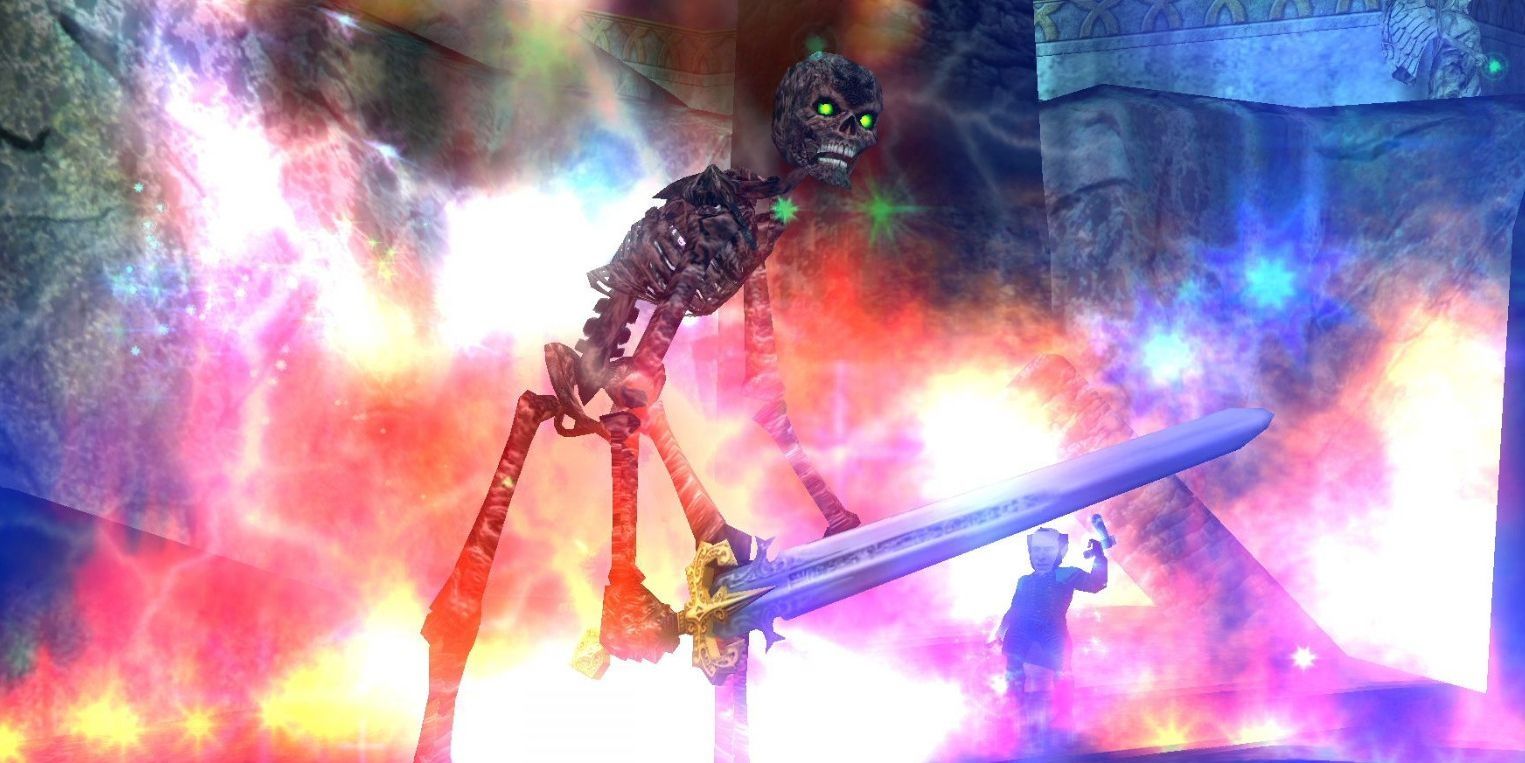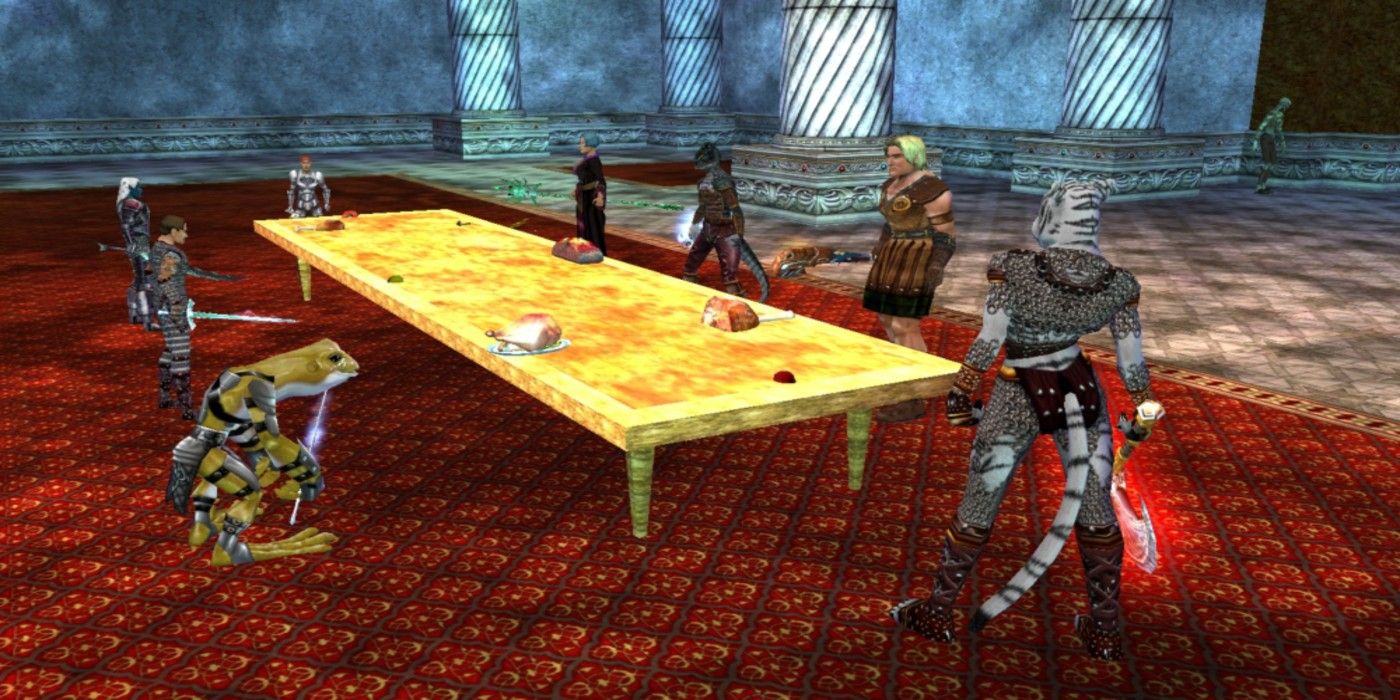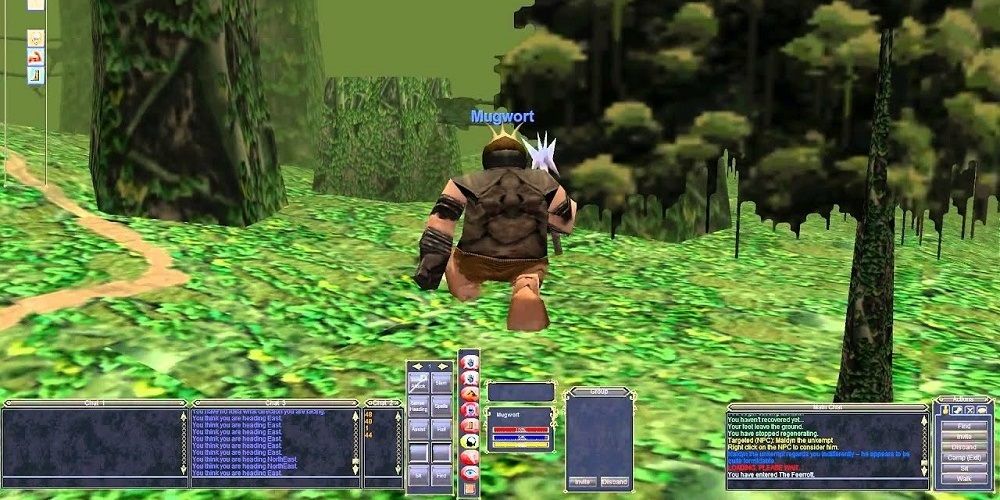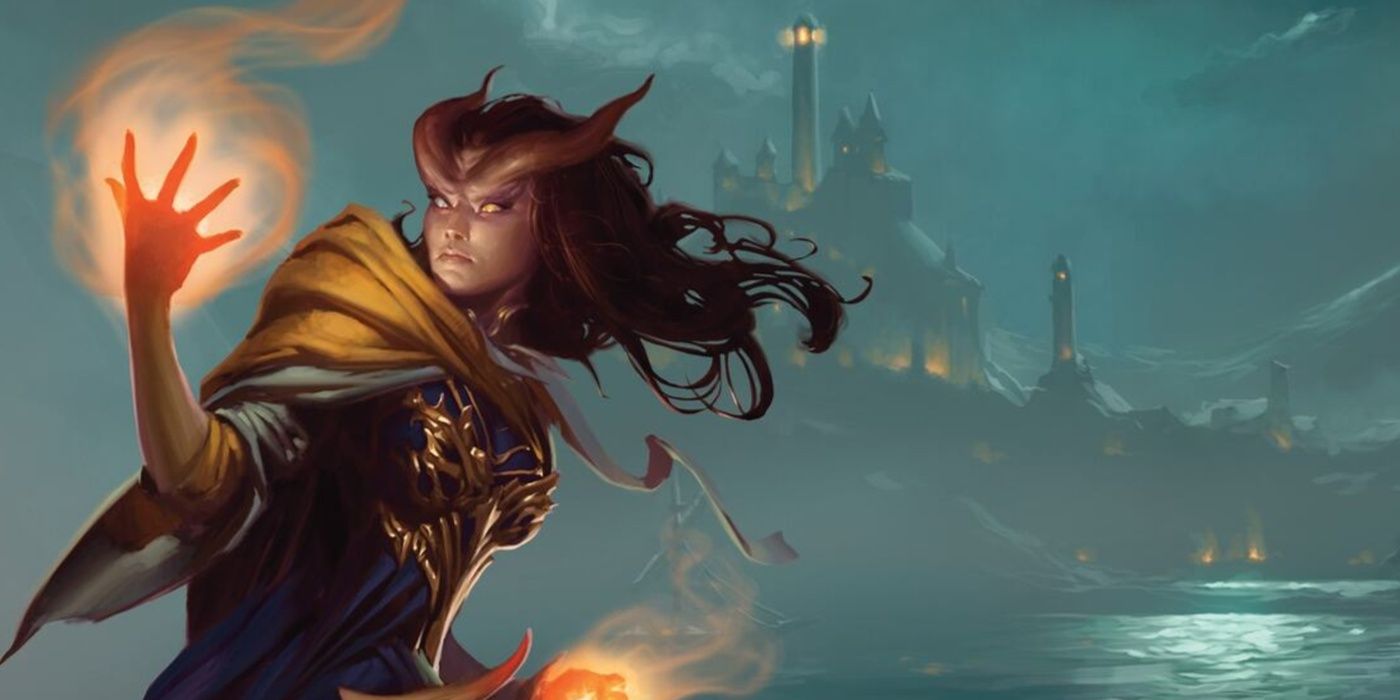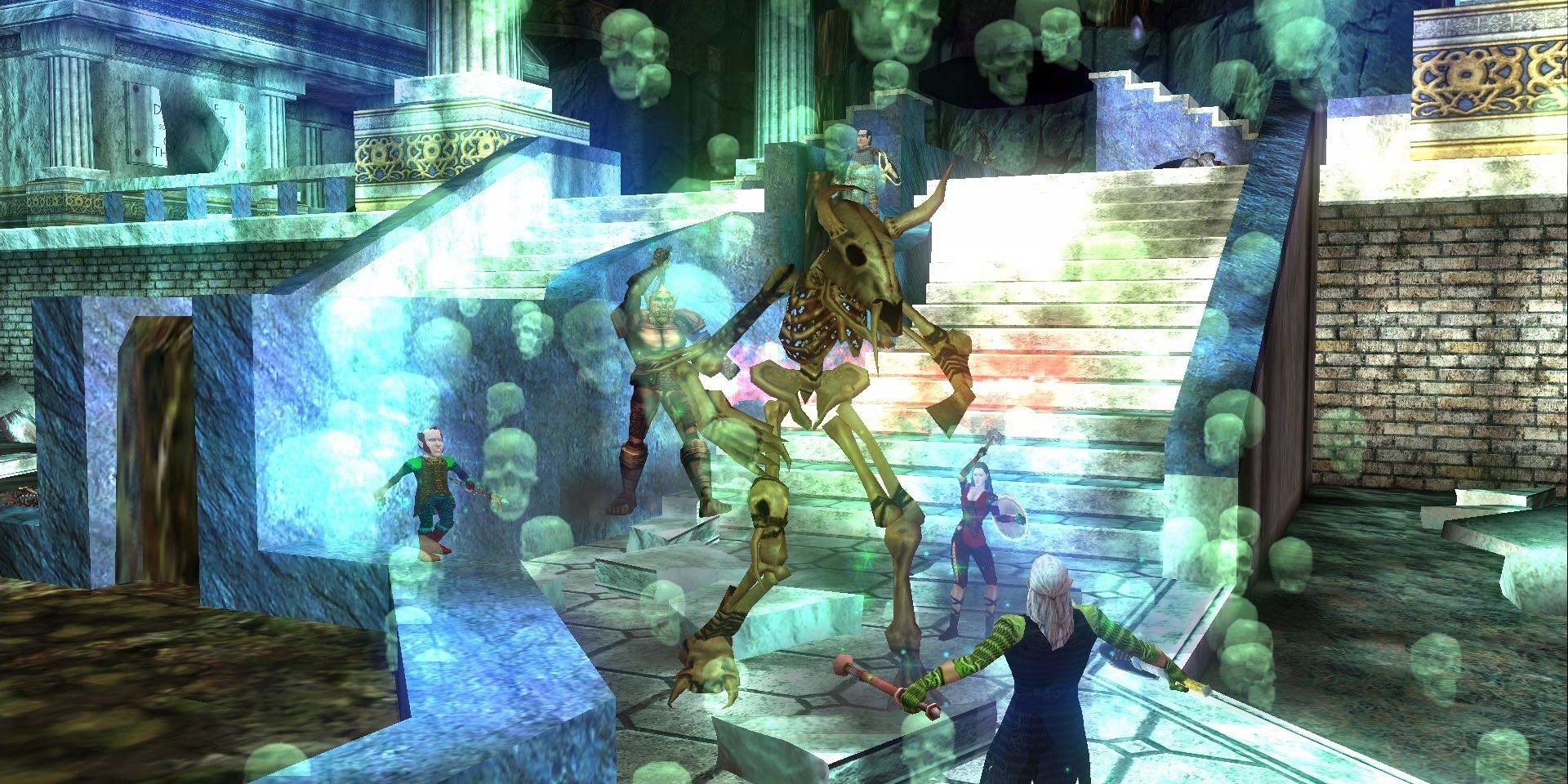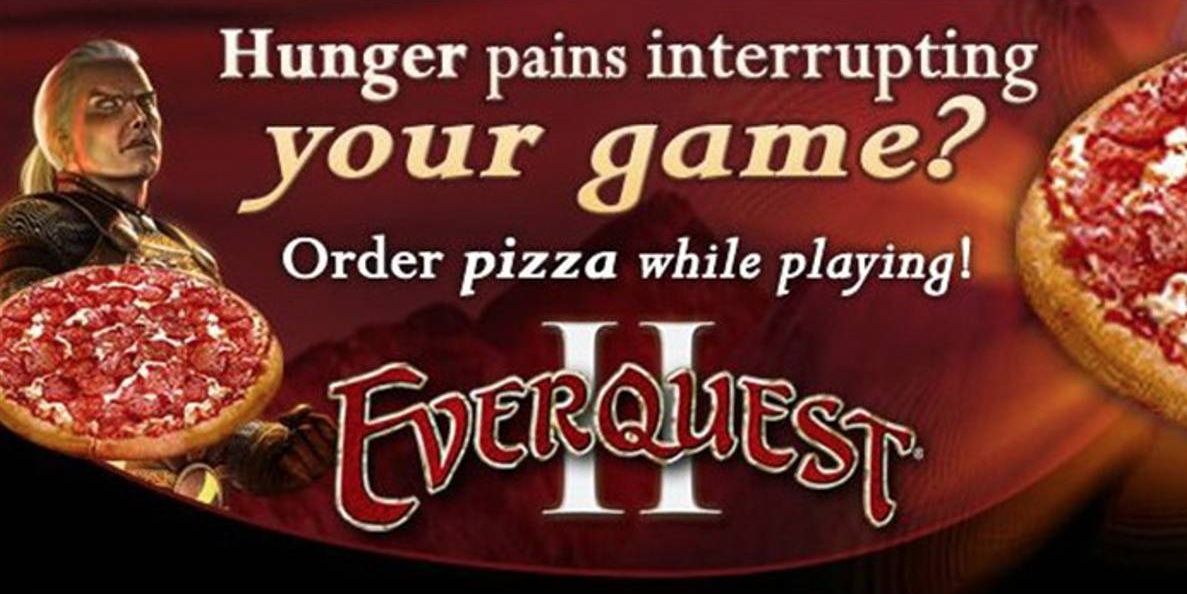EverQuest is the granddaddy of all massively-multiplayer online role-playing games, shattering records, defining the genre, and setting a new precedent for how PC games were made and played. Twenty-one years after its release, EverQuest remains a stalwart beacon of classic MMORPG's in our current gaming environment as the team at Daybreak Studios continues to crank out more content for the, now free-to-play, MMORPG.
It might seem obvious that EverQuest would be a smash hit, but back in 1999 the game's success was anything but guaranteed. Pushing the boundaries of how video games were meant to be played meant push-back from Sony during EverQuest's development. Nevertheless, EverQuest launched and immediately became the game that defined the MMORPG genre.
10 WarWizard 2
Brad McQuaid and Steve Clover were two of the lead designers of EverQuest, but they never would have been discovered if it weren't for their shareware game, WarWizard, and its unfinished sequel, WarWizard 2. McQuaid and Clover desperately uploaded a half-finished WarWizard 2 demo to an online forum, out of funds and unable to finish the game. They hoped that an investor would come along to help them complete the project. Instead, they were found by John Smedley, a game creator at Sony who offered Brad and Steve positions on a ragtag team of designers working on a new game called EverQuest.
9 Banned In Brazil
EverQuest has managed to retain its relevance long after its initial release in 1999. The game was banned from the entire country of Brazil in 2008, nine years after players first set foot on the shores of Norrath.
Alongside Counter-Strike (another 1999 release) EverQuest was banned because it subverted public order by allowing players to choose whether or not to play as a good or evil character. Judge Carlos Alberto Simoes claimed that these games "were an attack against the democratic state."
8 Brad McQuaid From Designer To Superstar
Not only was Brad McQuaid a lead designer on EverQuest, but he was also a celebrity NPC. McQuaid created and controlled the NPC Aradune Mithara, a knight clad in green armor and wielding a flaming blade. Aradune was commonly seen raiding in-game and even had his own guild, Fires of Heaven.
McQuaid grew into a celebrity game designer from his activity in the community, but also due to the success of the game. In an interview with Adam Tingle, McQuaide discussed how he and the rest of the EverQuest team made the game that they wanted to play themselves.
7 Failure To Launch
When EverQuest launched in 1999, the development team had moderate expectations for its success. They never could have predicted the 10,000 copies sold on its first day or the massive strain dropped onto the game’s servers. EverQuest’s launch took up so much bandwidth that when the servers crashed, they also cut several large San Diego based corporations’ internet access for a full week. The issue could only be resolved by their service provider physically installing more cable between San Diego and LA over the coming weeks. In the meantime, three employees wearing parkas were stationed in the freezing server room, rebooting the system whenever it crashed.
6 The Origin Of The Subscription Model
EverQuest was one of the first games to work in a subscription model. While in development, John Smedley grappled with the gaming scene they were entering. EverQuest was built on the free-to-play text-based adventure games common on PC, but at the time free-to-play wasn’t an option for their team. The other route was a pay-by-the-hour game, but John Smedley believed this would become too expensive of an option for the majority of consumers.
Instead, EverQuest adopted a new payment system that industry designers and professionals scoffed at. EverQuest adopted the monthly subscription service, just one of many innovations the game made to the MMORPG genre.
5 A Team Of Nobodies
The EverQuest development team was made up of industry newbies and nobodies, and it was very clear during production that no one at Sony had any interest or faith in them. In an interview with PC Gamer, McQuaid discusses how they reached out to the “veterans of the day” with “the most commercial online experience.” McQuaid recalls, “They laughed at us and said we were crazy.” Other Sony developers were heard to have called the game “Neverquest.” McQuaid posted job listings in college job boards and hired anyone who seemed like a good fit.
4 Development Woes
In the middle of EverQuest's development, Sony was undergoing serious restructuring. Sony Interactive Studios of America became 989 Studios and shifted to a focus on PlayStation 2 games. The studio cut funding to EverQuest, but not wanting to lose out on their investment, agreed to let development on the game continue if the team could find another investor. John Smedley partnered with a different Sony branch, Sony Online Entertainment, who funded the rest of the project while the team created their own studio, Verant Interactive.
3 A World Inspired By D&D
Bill Trost, an art designer for EverQuest, based much of Norrath and the game off of his Dungeons and Dragons campaign from his childhood. Trost’s own D&D character made it into the game as well, culminating in the game’s first vampire, Mayong Mistmoore.
Players can also see the influence of the famed tabletop RPG in the playable classes and races. While the game dives deeper into the categories of magic users, it also includes the classic fantasy classes of cleric, monk, bard, wizard, druid, warrior, paladin, ranger, and rogue.
2 A Shroud Of Addiction
EverQuest sparked the first conversations of video game addiction in the US. Players often referred to the game as “evercrack” due to the hours upon hours gamers spent in front of the screen at a time. The issue became so serious that CBS News ran a story detailing gamers and their addictions. They reported that an online survey in 2002 found that over 2,000 players had an average playtime of twenty hours per week and thirty-seven percent of players admitted to being addicted.
1 A Pizza Partnership
Gamer fatigue is a real problem that many MMORPG players face on a nightly basis when grinding levels or joining raids. In 2005 EverQuest 2 partnered with Pizza Hut to solve this very problem. By typing in the command /pizza, players could pull up a window where they could fill out their order details without ever leaving the game. Players could "kick back" waiting for their fresh pizza delivery. Sadly, this promotion is no longer active, so gamers will have to open up their web browsers to order pizza the old fashioned way.

